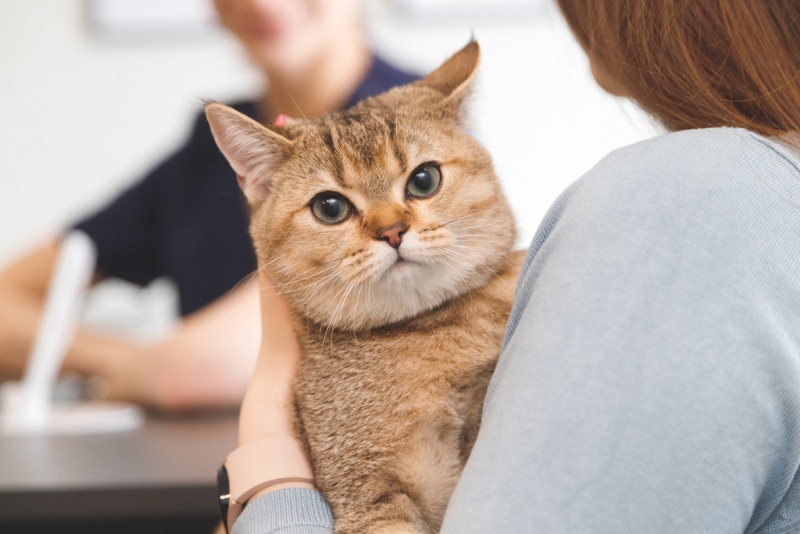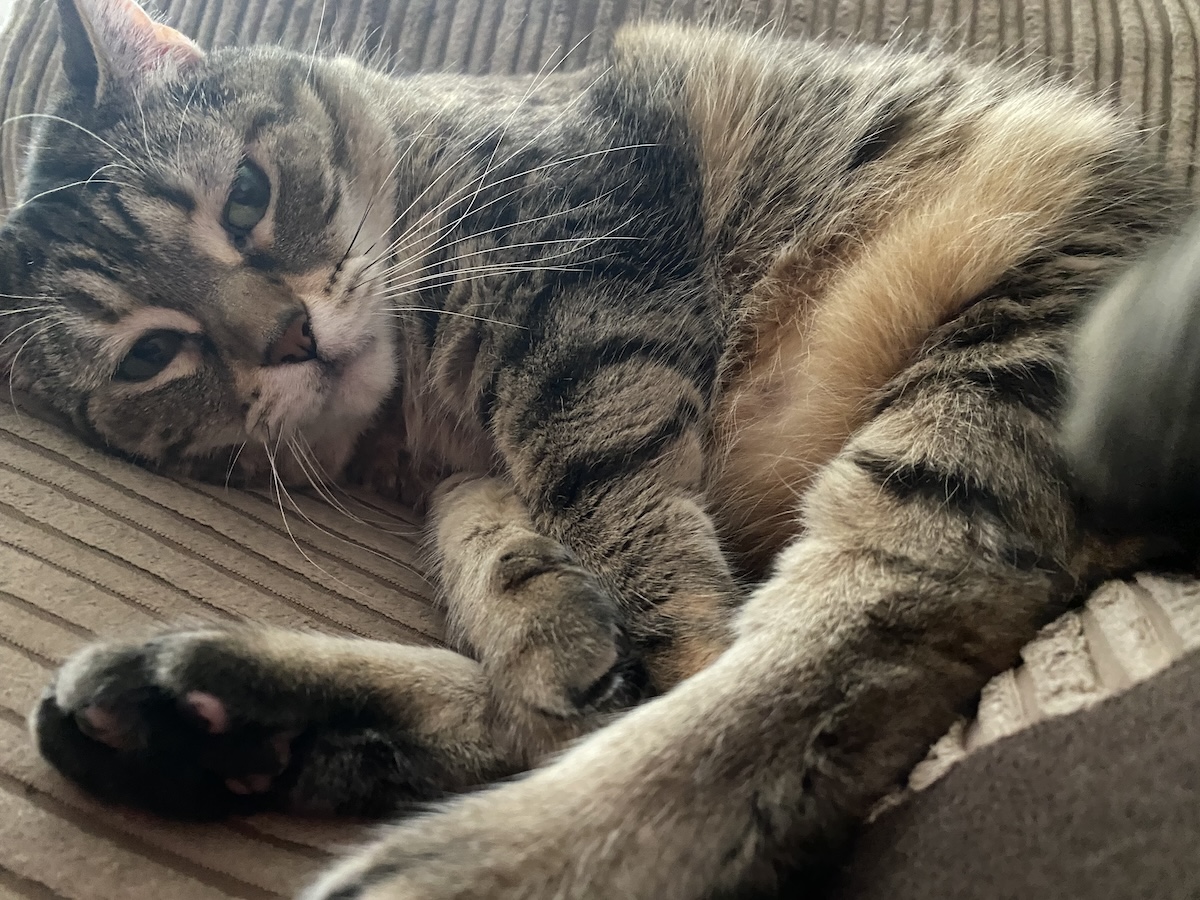Taking your pet to the vet for even routine care, such as vaccinations, can be pricey. But what about when your pet is ill and needs long-term or emergency care? Those costs could become astronomical, which begs the question of how much is too much to spend on a sick pet.
Unfortunately, there’s no clear-cut answer to that question. How much you’re willing to spend on healthcare for a sick pet is a personal choice. However, you should consider some things when trying to figure out how much an animal may cost you throughout its life and whether it is affordable for you. If it isn’t, then comprehensive pet insurance may be an affordable way of getting peace of mind that if your pet becomes unwell, you can afford to treat it.
The Annual Costs of Caring for a Pet
First, let’s look at the typical annual costs of caring for a pet cat or dog. If you’re the pet parent of another sort of pet, such as a bird or reptile, your costs will be different. The numbers below come from the ASPCA and were last updated in 2021,1 so these costs are likely a bit higher now.
The ASPCA states that dog parents spend roughly $3,221 on their pets in the first year alone. Out of that, around $300 is spent on routine healthcare like vaccinations, while about $185 is spent on parasite (fleas, ticks, and heartworm) prevention medications. Then there’s the initial cost of buying or rescuing a dog, having your pup spayed or neutered, microchipping, grooming, doggy day care, puppy training classes and a host of toys and beds that we love to spoil our pooches with.
Medical care for cats often costs a little less, so the annual costs of keeping one are a bit lower. The first-year cost of a cat is only about $1,149. Only $140 is for preventative medicine, and $175 is for first year vaccinations. The cost of having a cat spayed or neutered is lower too, usually at about $150. With cats, you also have to think about microchipping, cat litter, cat carrier, scratching posts, beds and toys.
When embarking on dog or cat ownership, the cost of pet insurance should also be considered, to help you out financially if your pet becomes unwell or has an accident. Pet insurance costs approximately $516 and $348/year for dogs and cats respectively.
Of course, these costs vary by geographical location. People living in more rural areas may pay much less for pet healthcare than those in big cities.
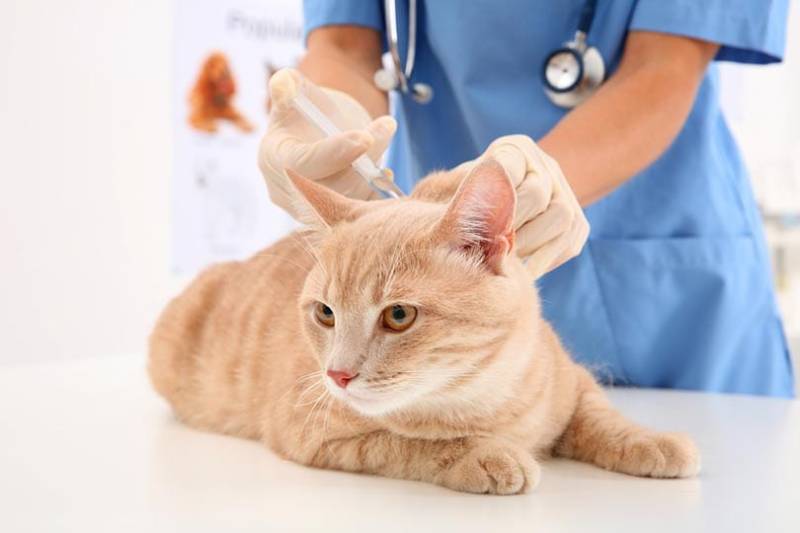
The Costs of Caring for a Sick Pet
If routine healthcare for a dog and cat can cost anywhere from $475 to $700 a year, how much would care for a sick pet cost? Well, that depends on what exactly your pet is ill with and where you live.
But let’s look at an animal who has been diagnosed with cancer. Simply getting a diagnosis of cancer will be pricey, as your vet will need to run several tests to find out what is wrong, and how far the cancer has spread. Vet X-rays can run from $100 to $400, while routine blood work may cost anywhere from $100 to $200. An ultrasound may put you back $100 to $600, depending on the area that needs assessing and how long this takes your veterinary surgeon. If a biopsy is needed, you could be looking at anything from $150 to $900. And those aren’t even all the possible tests that may be done!
Then, after your pet is diagnosed with cancer, things may get even pricier depending on the suggested course of treatment. Surgery to remove the tumor may be needed; this can cost $500 or more. Chemotherapy may be required, and a single chemo treatment can run anywhere from $150 to $600, with a full course of chemo costing you between $3,000 and $10,000. Then, there’s radiation therapy, which can cost between $2,500 and $7,000, and bone marrow transplants, which can have a starting cost of $13,000! Each patient’s needs are different and costs vary depending on the species, the type of cancer and the extent of the disease. It is important to discuss the expected costs with your veterinary surgeon in detail at the time of diagnosis so that you are aware of the cost implications.
Overall, a sick pet can cost you a ton of money, and the unfortunate truth is that many pet parents won’t be able to afford treatment. Pets are part of our families and mean just as much to us as our human family, so we know how much you want to do everything you can to help your pet. But unless you have disposable income to spare, you need to know where to draw the line on spending for a sick pet. Where that line is depends on you, but you should think about it before a pet becomes ill. Waiting until you find out your pet is sick to make financial decisions means you’re making decisions during a time of stress and trauma, which means you may not be making the best ones.
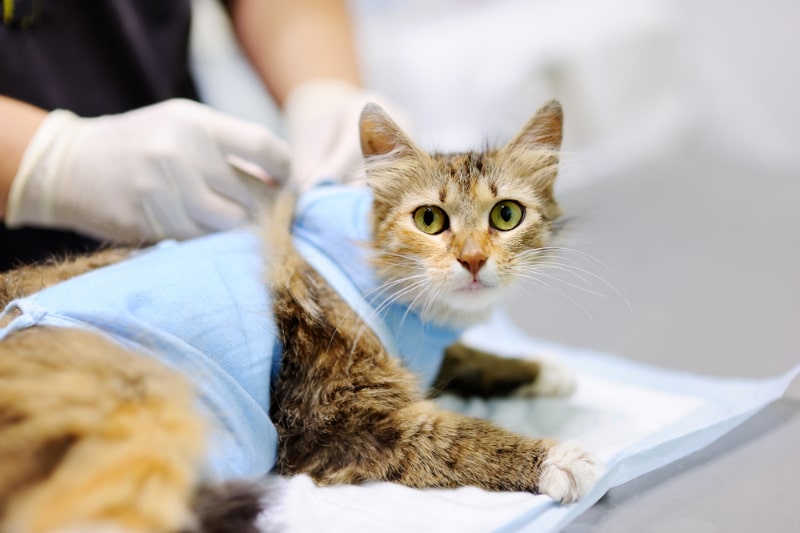
Non-Monetary Costs
There are non-monetary costs to caring for a sick pet as well.
One such cost is the cost of caregiving. As much as you adore your pet, if you’re being a caregiver for a sick animal, then over time, you’ll experience physical and mental stress. Caregiving is a huge responsibility, whether you’re undertaking it for a person or a pet, and while you should care for a sick pet, you should also take care of yourself. That means considering when the emotional costs of caregiving may become too overwhelming.
You may be perfectly willing to go into debt to help your pet, but you should also talk with your vet and think long and hard before you do. There are many illnesses where you may do all you can for a pet, but they may still pass away only months or a year or two after their diagnosis. Sometimes, there’s only so much you can do and so much life you can give your pet, so talk to people like your vet to make the best decision about what care to give and to be better informed of how this care will help your pet.
And in some cases, prolonging your sick pet’s life may not be the best option for them. Letting go of a pet is extremely hard, we know, but there are times when getting them all sorts of treatment to keep them alive, but with a poor quality of life, may not be the right decision.
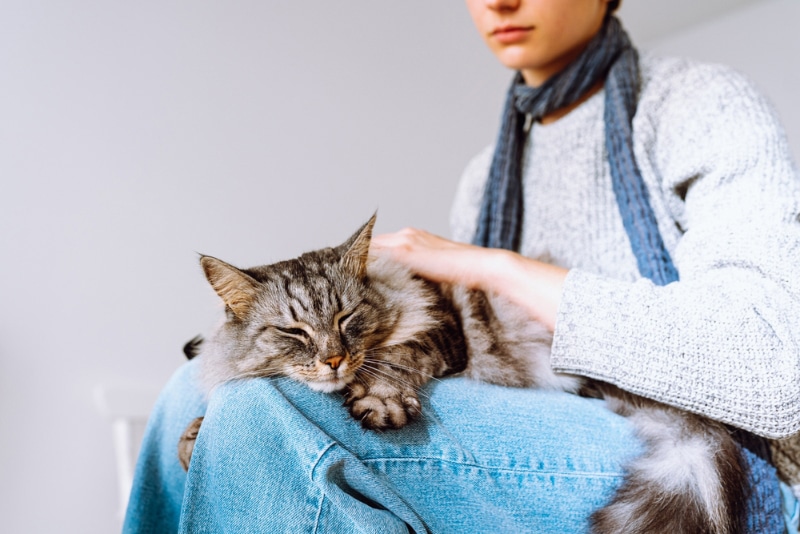
Pet Insurance May Help
One way you can help reduce the amount you’re paying for your pet’s healthcare, both routine and emergency, is by investing in pet insurance. Many pet insurance companies are out there, and many are quite affordable. Just be sure you’re reading all the fine print closely, as some companies do not pay for some routine healthcare, and some may have caveats about pre-existing conditions!
Final Thoughts
Having a sick pet is traumatic for both you and your pet, and it can be costly for you. How much is too much to spend on a sick pet is up to you, though there are many factors you should consider when trying to decide how much you can spend. The overall cost of caring for an ill pet may run to tens of thousands of dollars, which many can’t afford, and it may put you and your family under a huge amount of stress when trying to gather the money together. Speak to a friend who isn’t emotionally involved, as well as your vet for a good explanation and realistic prognosis for your pet when making your decision about how far to go with treatment.
And sometimes, all the care in the world may not do much good. It’s wise to decide about these things before a pet becomes ill, so you’re making decisions with a clear head and not while under duress.
Featured Image Credit: Vladeep, Shutterstock

